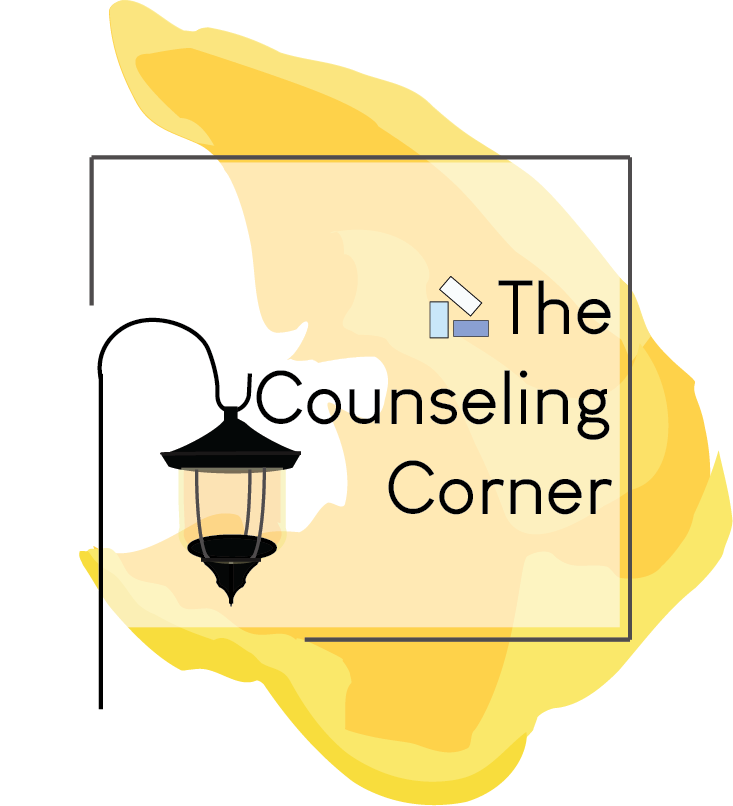Sleep Disorders
Some examples of sleep disorders include sleepwalking, night terrors, talking during sleep, difficulty falling asleep, restless sleep, and nightmares. Some sleep disorders are very minor and present no real reason to be too concerned. Other sleep disorders are more serious and warrant much more concern. Let's look at some of the different types of sleep disorders. Nightmares are perhaps the most common, and most people will have several within a lifetime. People generally remember them and there is usually nothing to be concerned about unless they happen frequently or they are particularly disturbing. Sleep terrors however, are not nightmares, they cause a child to scream uncontrollably and the child may actually appear to be awake. Also, the child will typically have no memory of a night terror. Another common sleep disorder is sleepwalking. With this disorder, as in night terrors, the child will appear to be awake, but because they are not actually awake, there is the danger they will hurt themselves. Again, the child will usually have no recollection of the sleepwalking. Usually, sleep disorders indicate something is wrong. The disorder is actually a symptom of another problem.
Nightmares
The most common cause of nightmares is letting children watch scary movies. So the obvious solution to that problem would be not letting young children watch these movies. However, if the nightmares do not follow the viewing of a scary movie, then they usually will be sparked by some distress the child is feeling within. The best way to help with this is to help the child talk about or express what they are feeling. Some children who have experienced trauma or a significant loss may have nightmares as a result. Usually the best thing to do is to get them in to see a child therapist who specializes in treating trauma or loss. The Counseling Corner has therapists who specialize in that area.
Night Terrors
Night terrors are also usually caused by stressful events or some distress the child is experiencing. It is important to note that even though they can be quite concerning when they occur, they usually go away as quickly as they came on and are not as concerning as they appear. However, if they have are concerning to you or if they continue to increase in frequency or do not go away then seek the attention of professional child therapist to rule out further problems. At the Counseling Corner we can provide this service for you. If a child is having trouble getting to sleep. Begin by looking at the two-hour time period prior to going to bed. Often times, this time period has way too much stimulation for a child. Watching exciting TV shows or having a lot of activity or excitement in the house or having too much activity going on after bedtime, will usually cause much of this problem. Also, having sugar or caffeine prior to bedtime will increase this problem. If however, this is not the problem then the problem may be found inside the child. That is to say, the child may be frightened for some reason or they may be distressed about something. Finding out what this is and letting them express what is concerning them, usually will solve this problem.
Restless Sleep & Sleepwalking
Restless sleep and talking during one's sleep is again usually cause by some type of stress, turmoil or something that is bothering the child. Again, it is important to help the child work through, talk about or resolve what is distressing them. It is also important to rule out any possible physical problem for restless sleep.
Sleepwalking tends to run in families. It is usually found more in boys then in girls and it is usually linked to a stressful, traumatic, or distressing event that usually immediately preceded the sleepwalking occurrence. So, it is important to pay attention to any stressful or traumatic events, distress the child may have experienced, or recent changes the child has had to undergo. This way, you can help them resolve the issues, reduce the stress, or maneuver a change for the better. It is also important to make a sleepwalker's environment as safe as possible by securing the environment. Usually it is best to do this without making a big deal about it in front of the child. Also, if you see the child sleepwalking usually it is best to simply guide them back to their bed without waking them. For more information about how to help your child with sleep disorders please contact us at the Counseling Corner.


